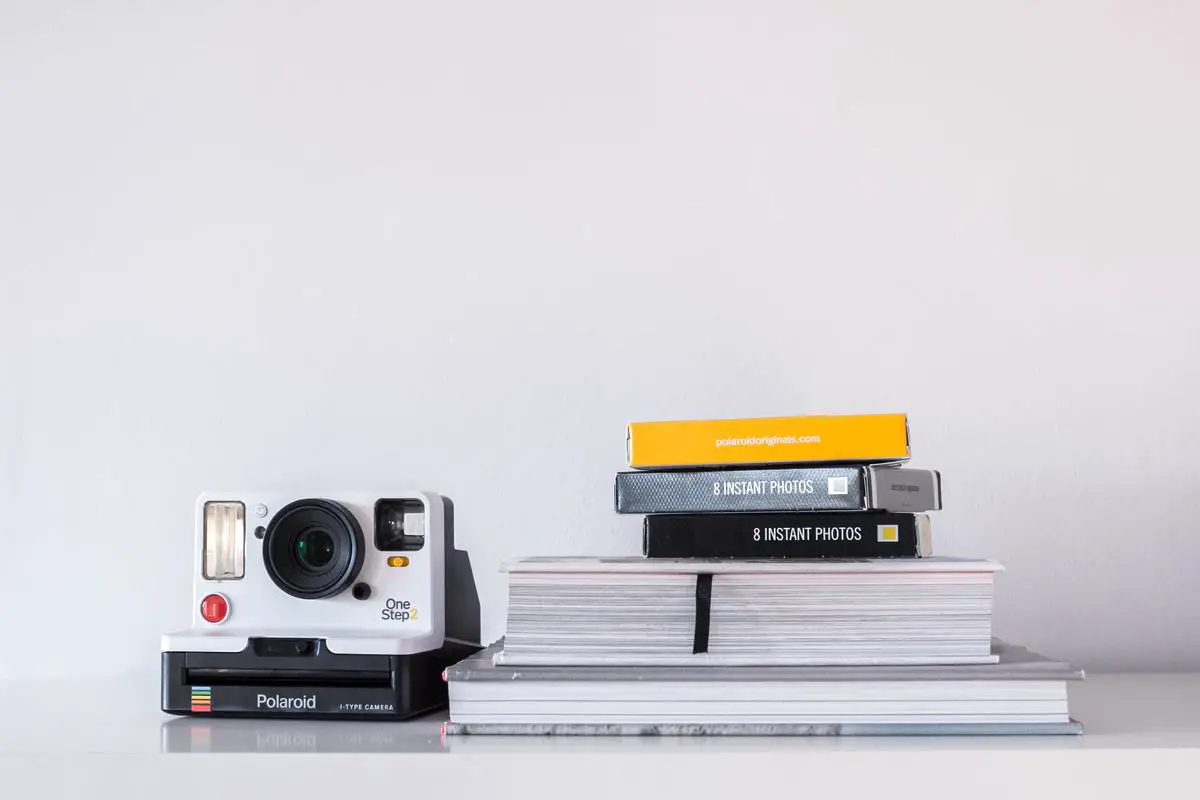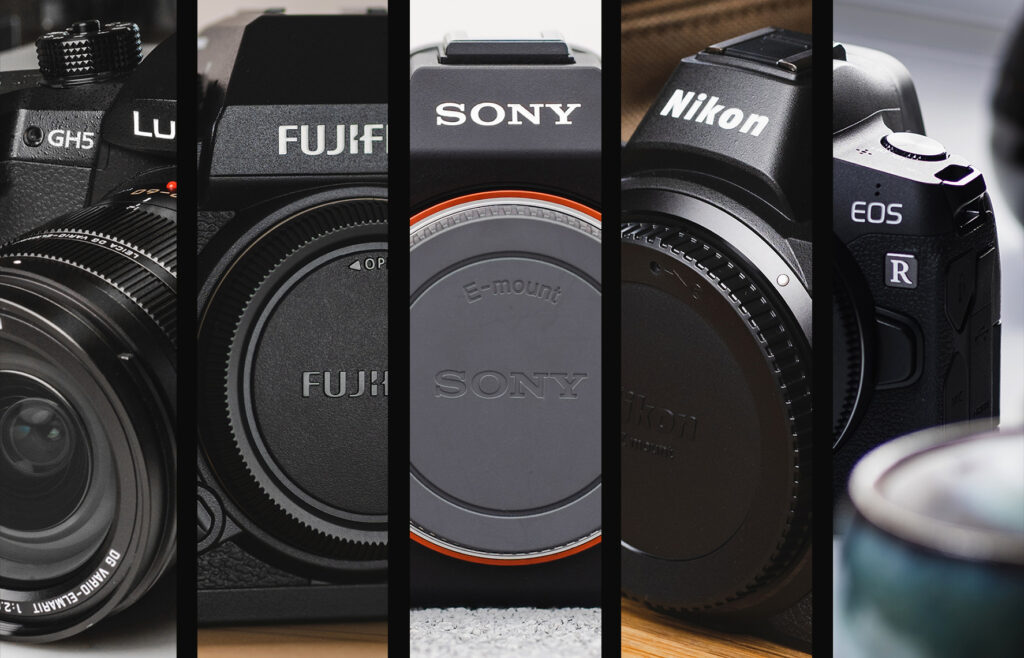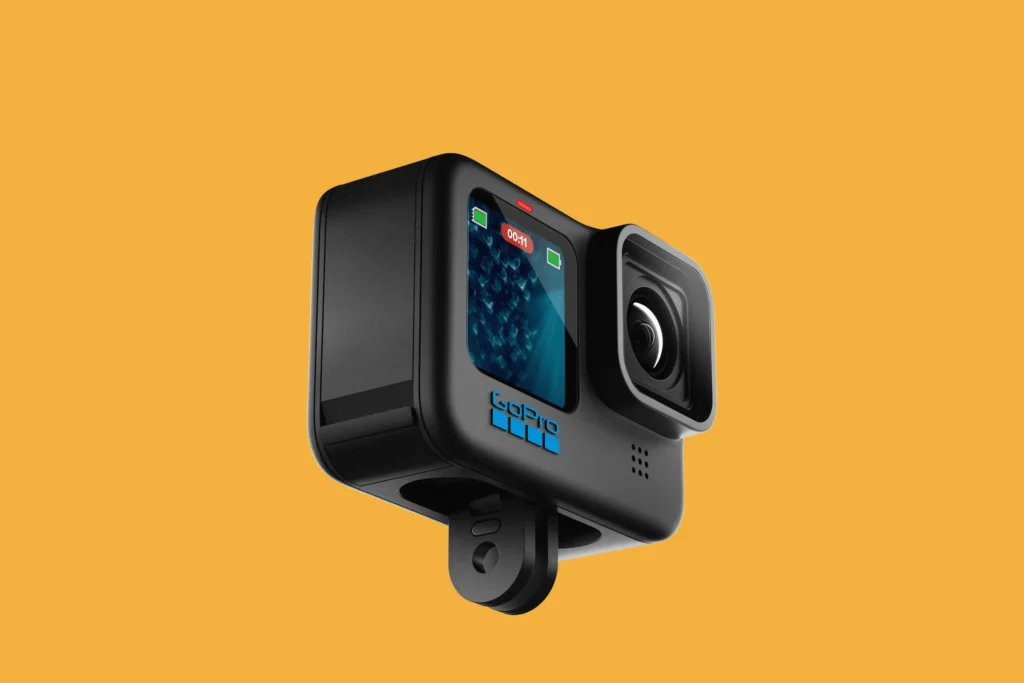Immerse yourself in the fascinating world of 4×5 Polaroid Back photography – a captivating realm that inspires creativity and challenges one’s skill set. Widely adored by many hobbyists and professional photographers alike, this retro gadget still holds its charm even in today’s digital era. Whether you’re a seasoned photographer looking to diversify your toolbox or a Polaroid enthusiast seeking deeper understanding, this comprehensive guide will introduces you to its intriguing history, intricate workings, and practical usage. Peppered with tried and tested tips for proper maintenance and valuable insights to aid your purchasing decision, prepare to broaden your knowledge on one of the most cherished photographic tools known to mankind.
Understanding the 4×5 Polaroid Back
Title: An Expert Journey into the 4×5 Polaroid Back
The world of photography is vast, filled with distinct mechanisms, each possessing various qualities that contribute to how we capture moments. One such piece of fascinating equipment is the 4×5 Polaroid back. This superb tool holds magic within its layers, working to transform light into unforgettable images. Here’s the rundown about this photography ally to have you wielding it like a pro.
A 4×5 Polaroid back is a unique accessory that attaches to a 4×5 large format camera. It allows the camera to use instant film, that is, a Polaroid, creating an image almost immediately after a photo is taken. This element of photography brings a sense of nostalgia, it’s like a step back time but with a modern flair— merging the past and the future in one unforgettable image.
So, what makes up a 4×5 Polaroid back? There are several key components to pay close attention to when understanding this device.
- First up, the Film Holder. As the name suggests, the film holder is a critical part responsible for holding the film in place. It ensures the film remains flat and set at the correct focal distance once the film pack is loaded. Without this essential part, creating a sharp and focused image would be nearly impossible.
- Next, meet the Dark Slide, allowing you to cover and uncover the film. It’s a flat, removable piece that slides in and out of the film holder, protecting the film from light exposure before and after shooting. Skilful handling of the Dark Slide can genuinely make or break your photography results!
- Every 4×5 Polaroid back boasts an impressive Pressure Plate, another essential element. This component puts pressure on the film pack inside the film holder, ensuring the film’s ideal positioning for picture perfection. It also helps with the distribution of the reagent, a chemical layer in the film that contributes to the image creation.
- The Frame, a crucial element of a 4×5 Polaroid back, often goes unnoticed. It helps fit the device to the camera and keeps the film holder, dark slide, and pressure plate all in place.
- The rollers, two cylindrical parts, completes the setup. Once a photo is taken, the rollers ejects the film from the Polaroid back, pressing together to burst the reagent pod attached to each film sheet, spreading the chemical evenly across the film to develop the image.
Each of these components plays an integral role in creating striking Polaroid photos with a 4×5 camera. This seamless blend of art and technology adds depth and diversity to the world of photography. And just like that, friends, the mystery of the 4×5 Polaroid back has been revealed. Now, it’s time to grab that Polaroid 4×5 back and capture a slice of life as it unfolds before your eyes. Happy shooting!

History of the 4×5 Polaroid Back
The evolution of the 4×5 Polaroid back is nothing short of fascinating. This equipment, much beloved by professional and amateur photographers alike, isn’t simply a piece of nostalgia, but rather a testament to the progress of the photographic industry.
In the mid-20th century, around 1948, Polaroid first launched its instant film technology. However, it wasn’t until the 1960s that they introduced 4×5 sheet film, designed for the large format cameras. The 4×5 Polaroid back was created as an indispensable tool, allowing photographers the convenience of viewing their negatives instantly. This was invaluable to professionals working in advertising and commercial photography who loved the Polaroid back for its ability to provide immediate feedback, helping them perfect their lighting and composition.
However, that’s not the end of the 4×5 Polaroid back’s impact. With the growing demand, some photographers began modifying the 4×5 backs to use cheaper and more readily available instant film packs. Thus, this sparked a DIY revolution in photography, birthing the custom-built cameras and rigs seen today. The Polaroid back transformed from a professional tool to an enthusiast’s playground, forever changing the game of photography.
The 4×5 Polaroid back has also played a role in the resurgence of analogue photography in recent years. With technology advancing rapidly and digital photography becoming the norm, there has been a growing nostalgia for instant film. The unique aesthetic combined with immediate results continue to allure photography enthusiasts, causing a renaissance for companies like Impossible Project (now Polaroid Originals) to produce new instant films compatible with 4×5 Polaroid backs.
In the world of gallery art, photographers like Walker Evans and Ansel Adams have famously used Polaroid large format film backs. Sharing this process has allowed those intrigued by this medium a sneak peek into the workings of some of the greats. The 4×5 Polaroid back has not only preserved the nostalgia of film photography but also pushed the boundaries of artistic expression.
So, what is the historical significance of the 4×5 Polaroid back? Simply put, it’s a cornerstone of the photography industry. It has provided professionals with crucial instant feedback, sparked creative innovation among enthusiasts, and facilitated a resurgence of analog photography in a dominantly digital age. The legacy of the 4×5 Polaroid back is profound and enduring, with its influence seen in the artistry, technology, and creativity of the photography world today. It has, and continues to be, an indispensable tool, a source of inspiration, and above all, a tribute to the wonderful world of photography.
Whether you’re a seasoned professional or a novice hobbyist, there’s no denying the allure of instant film photography. The 4×5 Polaroid back is more than just a piece of equipment; it’s a link to our photographic past and a bridge to a future filled with endless creative possibilities. So why not grab a vintage camera, load up some film, and start capturing your own pieces of history? The rich tapestry of photography awaits you.

Operating a 4×5 Polaroid Back
Setting Up Your 4×5 Polaroid Back for Optimal Photography
Ready to take your 4×5 Polaroid back on a exhilarating creative journey? Before you do, ensure it’s operating at prime levels for stunning photos that ooze with charm every time.
First and foremost, calibration is key. Without it, the different parts mentioned earlier might not function properly. So, regularly check the alignment of your film holder, dark slide, pressure plate, frame, and rollers.
Let’s dive into loading your film. Begin with a quick dust-off of the film holder. When it’s clean, insert your instant film sheet. Remember, the black side should face up and the white side against the pressure plate. The gentle ascension of the dark slide allows the film to stay in place and eliminate light leaks.
Speaking of light leaks – they aren’t entirely bad news. Sometimes, they can heighten the uniqueness of pictures. However, properly handling the dark slide minimizes unexpected light intrusion. Only pull out the dark slide when you’re set for the photo shot.
Correct placement of the rollers is necessary for a seamless experience. Ensure the rollers are clean and parallel to each other. If they’re not, you may run into problems with the even spread of the film’s chemicals.
Although some iconic photographers have made fabulous blunders that resulted in awe-inspiring photos, errors due to a mechanical flaw in the polaroid back should be prevented. Failure in pressure plate position may lead to discrepancies in focus across the finished photo. Firmly yet carefully adjust it to secure proper application.
In the ever-present quest for that perfect click, one must recognize that patience is the best companion. Be it the slow and steady treatment of the dark slide, correct positioning of the pressure plate, or the careful calibration of rollers – every step is significant.
Looking into the vast spectacle of creativity, the 4×5 Polaroid back serves as a time machine, whisking us back to an era of simple yet profound photography. And yet, it also finds its superb utility in modern-day photography projects. Embrace the magic of instant film. Marvel at the artful imperfections that breathe life into each photo.
Revel in the disruptive nature of the 4×5 Polaroid back. Embrace the DIY revolution, shake hands with the analog resurgence, and sink into the photographic world crafted by some famous hands. Surely, the 4×5 Polaroid back remains integral in shaping the photographic landscape, and its impact is undeniable. Harness its full potential, and immerse yourself into the world of instant film photography. Happy clicking!

Maintaining and Troubleshooting a 4×5 Polaroid Back
Polaroid backing is more than just a format – carefully maintaining and troubleshooting a 4×5 Polaroid back is a rewarding part of the photographic process. After shipping your creative shots, you’ll undoubtedly want your equipment to last. Just like a vehicle or kitchen appliance, your Polaroid back needs a bit of tender, loving care to remain in top shape.
Taking care of the 4×5 Polaroid back isn’t necessarily rocket science, but storing it in a cool, dry place can’t be emphasized enough. Excessive heat can warp the film holder, disrupt the pressure plate, or cause condensation inside your film pack. Storing your equipment in a climate-controlled environment can significantly enhance the lifespan of your Polaroid back.
Keeping elements clean is also imperative. The film holder, in particular, can attract dust and grit over time. Regular cleaning with a soft brush or cloth, free of harsh chemicals or detergents, can keep your film holder in top shape. Remember, harsh cleaning agents can damage the Dark Slide and leave a residue on the film holder, impacting image quality.
Be kind to your pressure plate too – inspect it regularly. It plays an instrumental role in spreading the film’s chemical developer evenly. If you notice bits of dried chemicals or photo debris, gently clean the plate with a clean, damp cloth.
Ever seen a streaky or blotchy Polaroid photo? The culprit might be dirty rollers. Maintaining the rollers involves regular inspections for dirt and residue. If they’re not clean, old bits of chemicals can get spread onto your new photo, causing streaks or spots. You can gently clean your rollers with a touch of warm water and a soft cloth – ensure they are completely dry before reassembling.
Troubleshooting is an invaluable skill when working with a 4×5 Polaroid back, and the most common issues often pertain to light leaks or uneven development. Light leaks often manifest as random bright spots or areas in your photo, typically due to a damaged Dark Slide or an improperly loaded film. Fixing this could be as simple as replacing a compromised Dark Slide or ensuring the film is correctly loaded.
Uneven development, on the other hand, is frequently a case of a foreign object disrupting the even spread of chemicals or applying uneven pressure. An inspection of the pressure plate and rollers can usually isolate this concern. Also, ensure that the film packet gets rolled through the pressure rollers smoothly.
Remember, analog photography, including using a 4×5 Polaroid back, is as much about the journey as it is about the picture at the end. The quirks, nuances, and idiosyncrasies of this method are what lend to its unique character and charm. Embrace these. Frustrating as they may be at times, they also open avenues of creativity and spontaneity not found in digital photography. Enjoy the process, and remember that every great photographer was once a beginner. Happy shooting!

Choosing the Right 4×5 Polaroid Back for You
Choosing the Best 4×5 Polaroid Back for Your Needs
Choosing the right 4×5 Polaroid back can be as unique as the photographer selecting it. The magic of instant film can be traced back to the tactile pleasure of holding a photograph immediately after it’s taken, truly capturing a moment in time.
So, how to identify the best 4×5 Polaroid back to fit specific photography needs and preferences? The answer can be found by considering some key factors.
- Weight and portability: can play a significant role in the selection of a 4×5 Polaroid back. Some models can be bulky and heavy, which might be challenging for those who often travel or shoot outdoors. Lighter options provide more convenience, but they might compromise on durability and stability. Therefore, always balance weight against functionality.
- Absorption and dissipation of light: is another aspect to keep an eye on. Some backs are more reflective than others, which can lead to a haze in the photographs. Conversely, other models might absorb too much light, generating underexposed images. So, opt for a back with a medium reflectivity level to maintain an optimal balance between light and shadows, ensuring the perfect exposure.
- Compatibility: is a key deciding factor. Some backs are universal, fitting most 4×5 cameras. Others might only fit specific camera models. It’s crucial to ensure that the intended Polaroid back is compatible with your camera. Otherwise, you might end up with a tool you can’t use.
- Placeholder sizes: It is also worth noting that different models of 4×5 Polaroid backs have different placeholder sizes. For some, they can hold only a single sheet of film, while others can fit more. Depending upon shooting style and requirements, choose a model accordingly.
- Ease of cleaning: Frequent usage of the camera and inevitable environmental exposure cause dust and debris to settle. Some backs are easier to dismantle and clean than others. Therefore, for those long shooting sessions or outdoor adventures, consider a Polaroid back that can be cleaned easily and quickly.
Finally, the most essential step of all – put it to the test! Online reviews and product specifications can provide a wealth of information, but there’s no substitute for hands-on testing. After all, photography is as much about feeling as it is about technical precision.
In the heart of photography is the love for capturing something special and keeping it close. Embrace the journey to find that perfect 4×5 Polaroid back. After all, with every ‘click’ and ‘flash’, you’re not just creating a photograph but also nesting a story.

With this knowledge at your fingertips, navigating through the world of 4×5 Polaroid photography becomes a less daunting venture and more of an exhilarating adventure. Understanding its past, mastering its operation, learning thorough upkeep, and finding a model that resonates with you are pivotal steps to truly enjoying and excelling in this craft. Embark on this journey with passion, patience, and persistence. Let your 4×5 Polaroid back not merely be a tool, but a gateway to capturing moments and creating memories that are uniquely yours.
Originally posted 2023-12-27 16:07:11.



